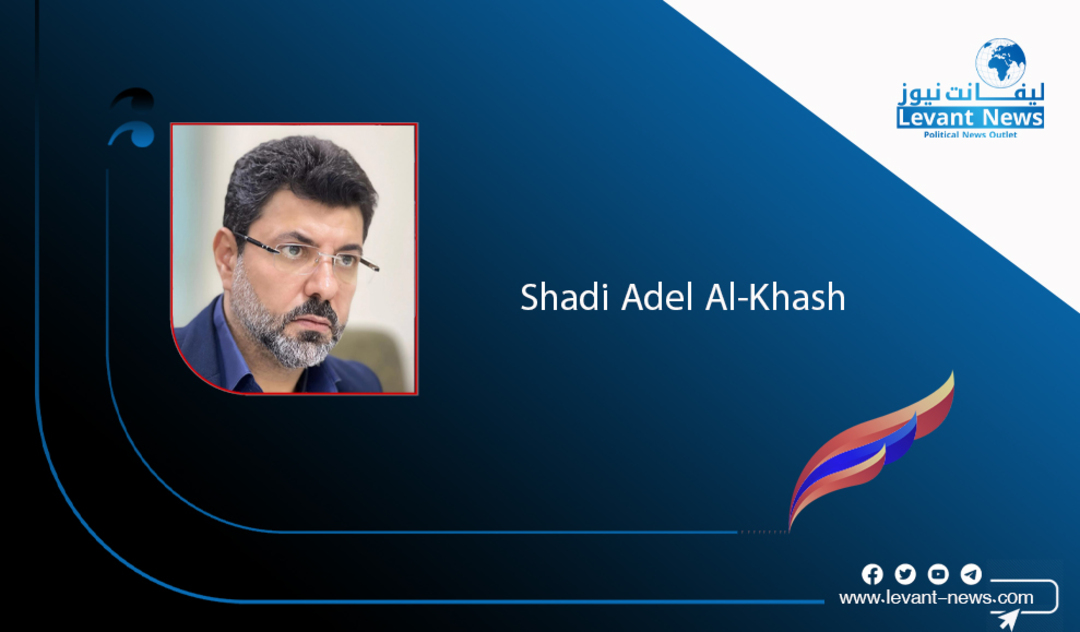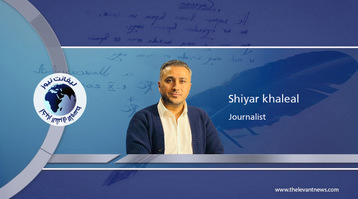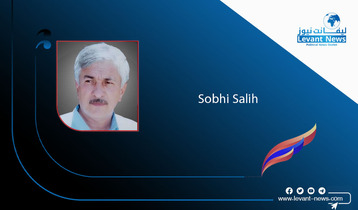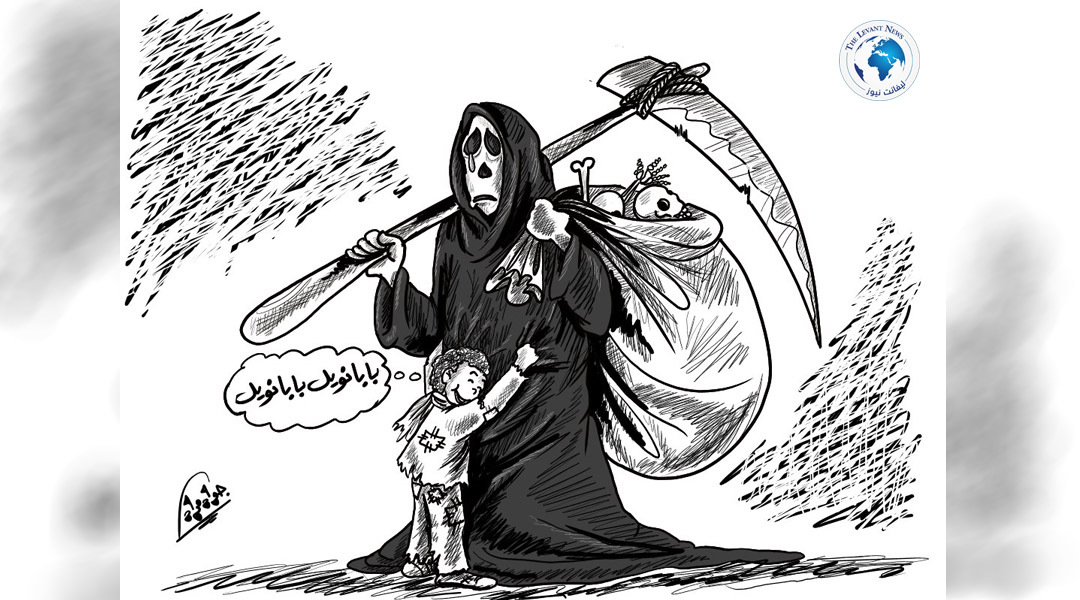-
Made in Tel Aviv: The New Map of Syria

No serious researcher or observer can view the Middle East merely as a region full of crises; rather, it is a geopolitical space subjected for decades to a gradual strategic engineering process. This process involves redrawing maps through war tools, institutional dismantling, internationalization of conflicts, and creating functional alternatives to sovereign authority. The wars that swept through the region—from the 1967 defeat to recent Israeli bombings of sites deep inside Iran—were not random incidents but interconnected episodes in a continuous campaign to recalibrate international balances in a way that serves the Atlanticist-Israeli alliance against ever-changing adversaries.
Over half a century, the Arab geography has experienced a directed series of military transformations. These began with dismantling the central forces that threatened Israel’s existence: Egypt was isolated via the Camp David Accords, Iraq was drained through war and later toppled by invasion, Syria was drawn into internal exhaustion, and its military and civil structures eroded completely. The southern part of Syria evolved into a fragile zone, increasingly vulnerable to Israeli infiltration. Alongside these conventional wars, a new pattern emergedmanipulating social and religious structures by fueling sectarian divisions, arming sub-identities, and establishing proxy governance tools. Consequently, no Arab state can now effectively control its territory without security alignments with external powers.
The United States, which gradually withdrew its direct military presence following the Iraq invasion, did not vanish entirely. Instead, it reconfigured its regional influence through a flexible alliance system: security pacts with Gulf states, normalized relations with Israel, and support for decentralized governance in fragmented states. Under Biden’s second term, it became evident that a “new Middle East” was no longer a distant goal but a prioritized agenda—particularly with ambitious projects linking India and Europe via Israel and Gulf ports, transforming Israel into an economic and security hub crossing borders.
In this context, Israel no longer limits itself to defending its security; it seeks to expand its regional influence beyond its borders. It targets Hamas in Gaza, contains Hezbollah in South Lebanon, eliminates Palestinian leaders abroad, and recently launched direct strikes inside Iran—marking a new phase in open conflict, where geography is managed from the air and sovereignty is penetrated under the guise of “deterrence,” amid silence or covert support from major powers.
Within this framework, Syria today appears as one of the most affected countries. After fifteen years of war, its map is torn apart; armed factions are scattered among local militias, regional proxies, and foreign forces. The prospect of rebuilding a unified, sovereign national army seems increasingly impossible. Southern Syria, once a defensive depth for the Syrian army, has become an Israeli-controlled buffer zone, managed covertly through drones, undisclosed field coordination, and Israeli intelligence networks operating via civil organizations. Over time, a new reality is emerging—an approximate “security belt” along the borders.
Politically, the post-Assad government, represented by Maher al-Assad, claims to embody a national turning point, yet it remains on fragile ground. International rejection rooted in its legitimacy, internal divisions fueled by its weak project, and an inability to address complex realities accumulated over the years leave the regime in a vulnerable position. It cannot exercise full control, establish stable internal balances, or attract meaningful external recognition without paying steep political prices. Syria remains subject to bargaining—either integrated into a new regional security system under conditions that strip it of independence or relegated to a grey zone, lawlessly divided among the competing international and regional powers.
Economically, the situation is equally dire. Syria’s economy is not just collapsing; it is dismantled at its core. Vital resources are outside government control, productive sectors are plundered, and its financial markets are hostage to speculation and smuggling. Furthermore, all reconstruction projects and international funding depend on conditional deals—starting with normalization agreements and ending with reshaping the state itself. As alternative routes for global trade, energy, and transportation emerge, Syria’s role is likely to diminish; it will become a marginal consumer-dependent country, subordinate in the new regional and global economic order.
The danger of this moment lies not only in Syria’s declining role but also in the state itself becoming paralyzed—exposed to spontaneous disintegration or forced integration into projects it cannot decide upon. Under these circumstances, nationalism becomes a necessity, not a slogan: either produce a comprehensive sovereign project to reunify the geography, rebuild state institutions on non-sectarian, non-functional bases, and restore independent decision-making, or surrender to international power-sharing formulas justified by “stability,” reducing the country to a geographical parcel in a dictated scheme.
The Middle East is not reshaped by chance, but by a conscious methodology: neutralizing potential powers, dismantling cohesive fabrics, and replacing sovereign frameworks with functional structures. In this scheme, a strong Syria has no place. What is sought is a neutral, monitored, controlled Syria—used when needed, isolated afterward. Escaping this fate requires not more slogans but a realistic political will—one that builds rather than
You May Also Like
Popular Posts
Caricature
opinion
Report
ads
Newsletter
Subscribe to our mailing list to get the new updates!




















